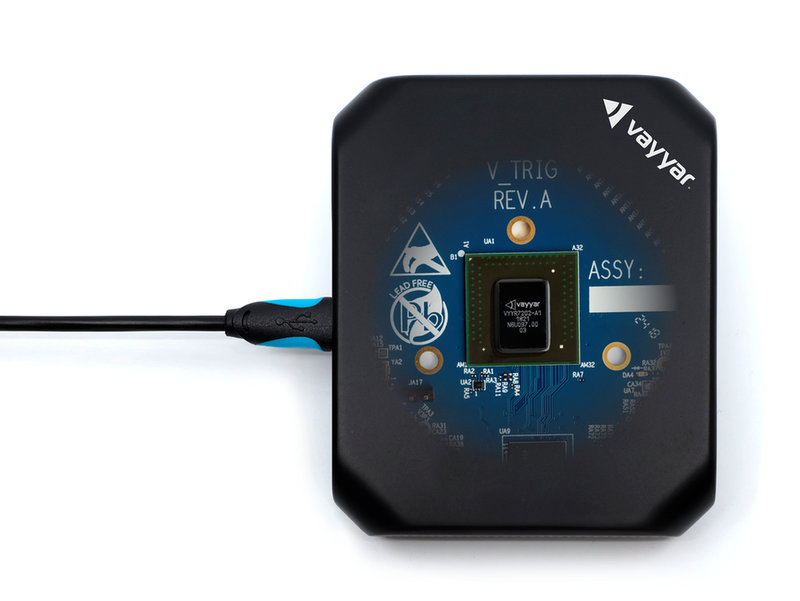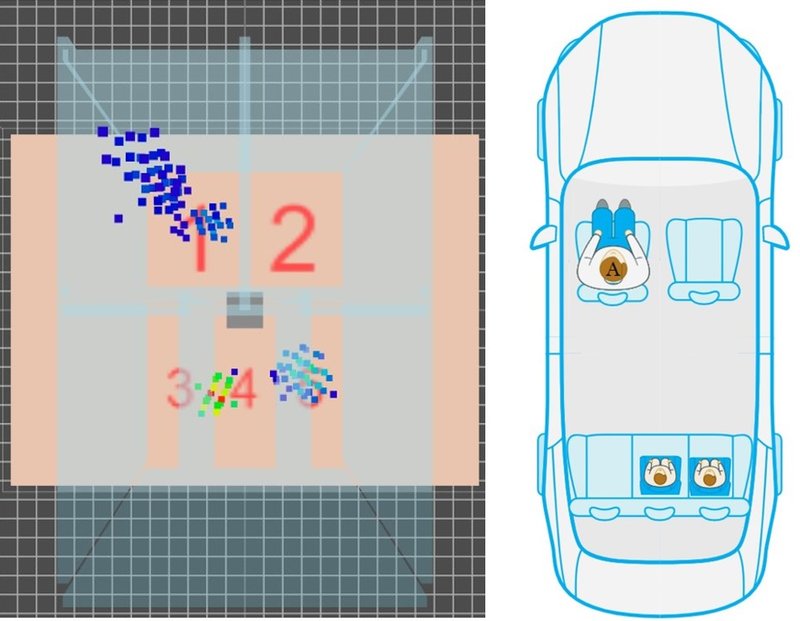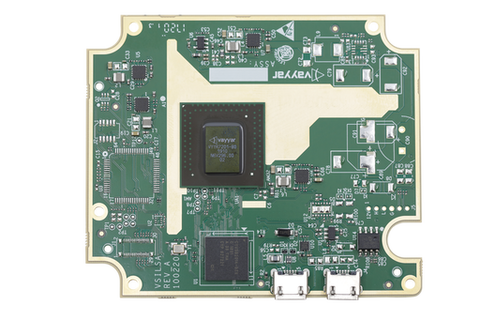Multifunctional sensing: the shortest route to enhanced in-cabin safety
Vehicles are designed to provide a safe space: a sanctuary that protects drivers and passengers from the dangers of the open road. However, almost 3,700 people are killed and 100,000 are injured around the world daily in road traffic accidents.
While much of the automotive industry’s recent focus has been on improving exterior sensing to prevent crashes, the in-cabin safety ecosystem is no less critical. Within its scope are components like seatbelts, which are estimated to have saved almost 330,000 lives between 1960 and 2012, and airbags, which are said to have saved 50,547 lives from 1987 to 2017. But obstacles remain on the road toward optimal occupant protection.

Cushioning the impact
Even when airbags deploy correctly, they have been responsible for countless injuries ranging from fractures to burns and severe cervical spine traumas. Children and short-stature adults have historically faced the greatest risk of airbag-related injury and death, because airbags don’t discriminate according to size, position, or height.
NHTSA estimates that between 1990 and 2008, 90% of airbag-related fatalities were children and infants. Small and elderly drivers, who tend to sit closer to the steering wheel, were also particularly vulnerable to injuries from frontal airbags. Meanwhile, the horrific injuries caused by front-seat passengers having their feet up on the dashboard are due to the failure of airbag sensors to account for position and posture.
Data-driven deployment
Over the past decade, the industry has taken strides in the right direction with depowered and advanced frontal airbags, but to deploy most effectively without causing injury or death, an airbag needs better occupant data.
That’s where optimized airbag deployment comes in. By leveraging the rich Point Cloud data output of intelligent solutions such as a 4D imaging radar sensor, occupants can be safeguarded from airbag impact injuries by adjusting the level of inflation to their heights and weights. If a front-seat passenger has their feet up on the dashboard, it can prompt an alert until they return to the correct position. Optimized deployment also enables dynamic disabling of the front airbag upon detecting a child seated in a car seat.

Belt and braces
Even with optimized airbag deployment, its effectiveness is highly dependent on occupants being properly restrained with seatbelts. NHTSA estimates that the airbag-seatbelt combination saves twice as many lives as cases where just one of the two is active, even though in most countries, rear seatbelts are still not mandatory. The evidence is clear: converged capabilities provide the best protection.
Multifunctional in-cabin sensing
The industry’s mindset is changing, as automakers come to consider seatbelts, airbags, and other in-car safety features as elements of a holistic cabin environment, rather than individual components. The performance of these core features continues to improve, mitigating the effects of collisions, but enhanced safety usually requires more sensors, driving up costs.
This fresh thinking therefore requires a new technological approach: multifunctionality.

It’s an integrated methodology enabling leading industry players to redefine the in-cabin ecosystem by combining multiple safety applications into a unified platform, reducing the number of sensors, wires, and ECUs required, delivering substantial cost savings, and enhancing safety across the board.
Vayyar’s 4D imaging radar-on-chip (RoC) solution allows them to achieve precisely that. The sensor houses an advanced MIMO (multiple input multiple output) array with up to 48 antennas that provides exceptionally high-resolution data and an ultra-wide field of view, enabling it to support numerous safety applications simultaneously. With this versatile platform, automakers can revisit established safety features and redefine them with new levels of intelligence, while significantly reducing costs.
A crucial element of the holistic in-cabin safety ecosystem is Child Presence Detection (CPD), designed to prevent hot-car incidents and deaths. Vayyar’s sensor supports next-generation CPD with complete classification of the in-cabin environment. It monitors two complete seating rows and all footwells, in all lighting conditions and regardless of line-of-sight. Alternative CPD solutions based on door sequencing often create false alarms and can fail to safeguard children because they are not supported by reliable occupant data.
Using the same sensor that facilitates CPD, Vayyar’s solution enables optimized airbag deployment by detecting the dimension, position, and location of each vehicle occupant, utilizing 4D point-cloud voxel imaging. For intelligent Seatbelt Reminders (SBR), it distinguishes between occupants and heavy items such as luggage. And while SBR systems traditionally rely on five sensors and frequently generate false positives, Vayyar’s solution leverages a single sensor to cover five seats, while preventing false alarms.
With up to 200 sensors per car, the modern automobile is becoming filled with sensors and ECUs, driving up complexity — and costs. Electronics make up over 35% of overall vehicle cost, expected to rise to 50% by 2030. Vayyar’s 4D imaging radar sensor is enabling automakers to put the brakes on rising complexity and costs by embracing multifunctionality. This versatile platform supports a combo of crucial safety applications by collecting data from throughout the cabin as one environment, rather than processing each safety feature separately. All applications are powered centrally, enabling optimized functionality, with CPD and SBR readiness for SOP 2022/23.
That’s why, as OEMs and Tier 1s plan their roadmaps, converged sensing capabilities that enhance safety while delivering maximum cost-efficiency are front and center on their radar.
